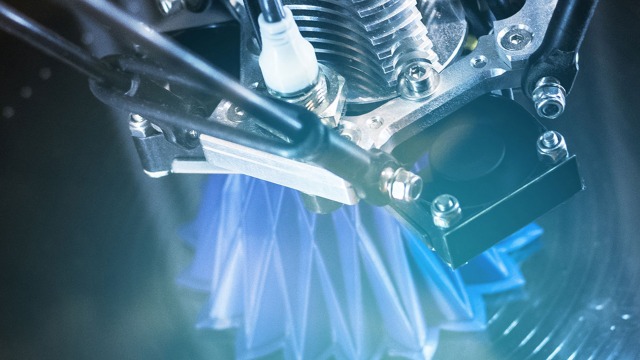



The benefits can be substantial, says Dr. Stefan Hoevel.
Even when things look good on paper, it’s always a good idea to test them out in practice.
That’s why we’ve recently been working on an additive manufacturing (AM) project with TRUMPF, which specializes in the development of machine tools and lasers for industrial production, and Heraeus Additive Manufacturing, which has expertise in the production of powder materials.
Our joint servo valve project highlighted benefits not just for us, but for everyone:
New design possibilities
AM can create a whole new approach to design. You can change the housing or another physical aspect of a product in a way that simply wasn’t practical before. In the case of our valve, we could shape the oil flow in ways that weren’t previously possible. And we could reduce product weight by using lattice structures – less important for us in this application, perhaps, but it could make a huge difference to you, especially where equipment in motion is involved.
Better process cohesion
This advanced approach to precision engineering delivers better integration of processes, and greater control over mechanical properties, giving new options on how things work together.
More manufacturing options
AM techniques can be used to create hybrid models, where bespoke small-run AM variants are laid down on conventional batch-run preformed base layers.
Learn more about additive manufacturing for hydraulic manifolds: How sand turns into a hydraulic manifold
Better and more flexible customer service
With AM, times from set-up to delivery can be reduced from weeks to days – and because of this flexibility, you don’t have to manufacture in volume any more. It’s both possible and practical to produce in one-off batches. It’s a process that makes prototyping even easier and more affordable. Think of the possibilities…
Customer individual products:
Energy efficiency:
Weight and design optimization:
Functional integration: